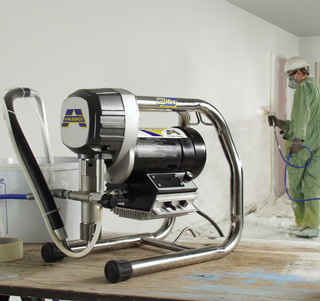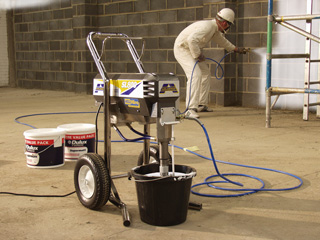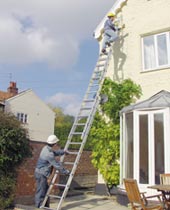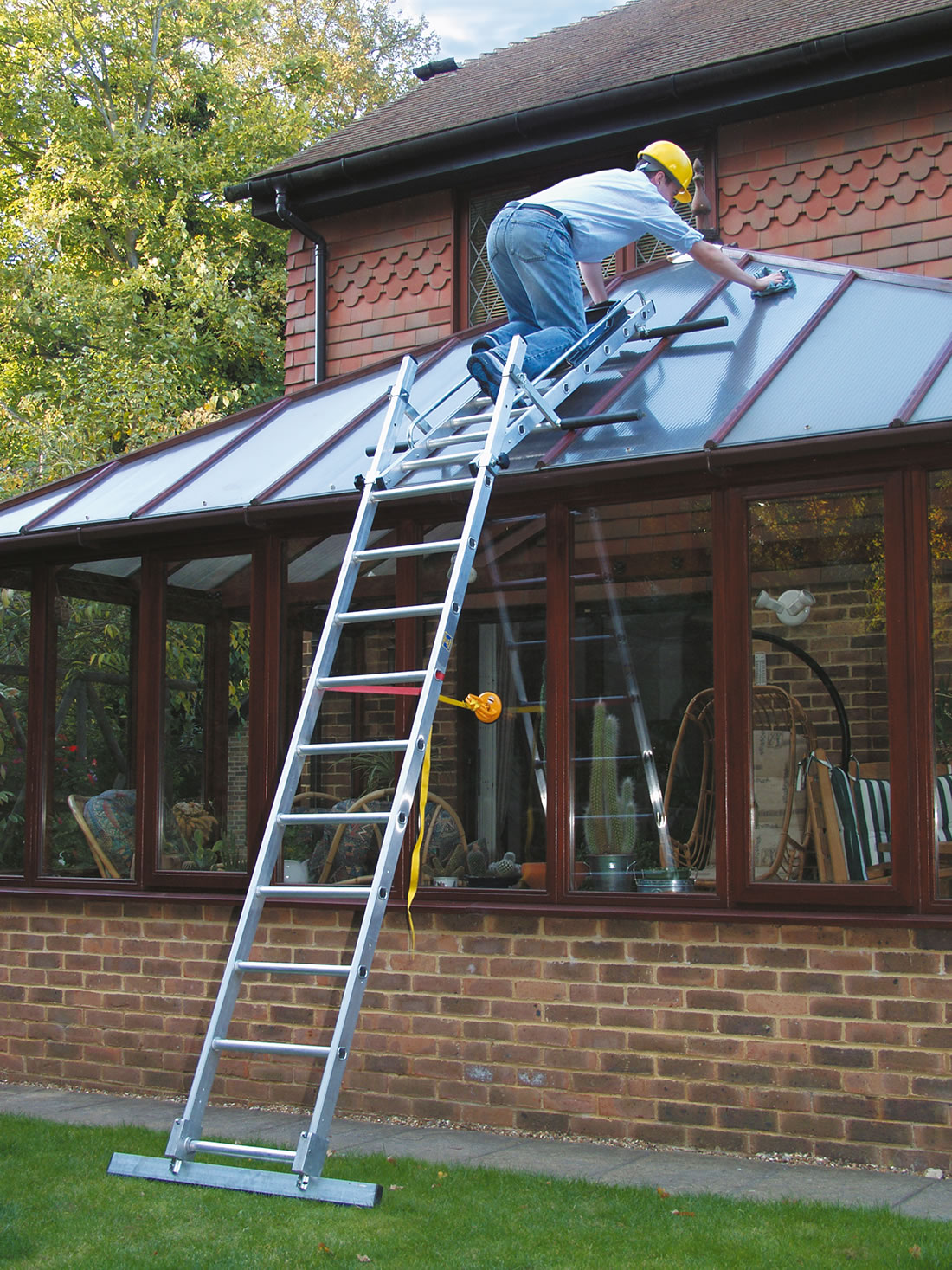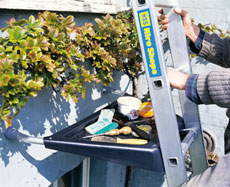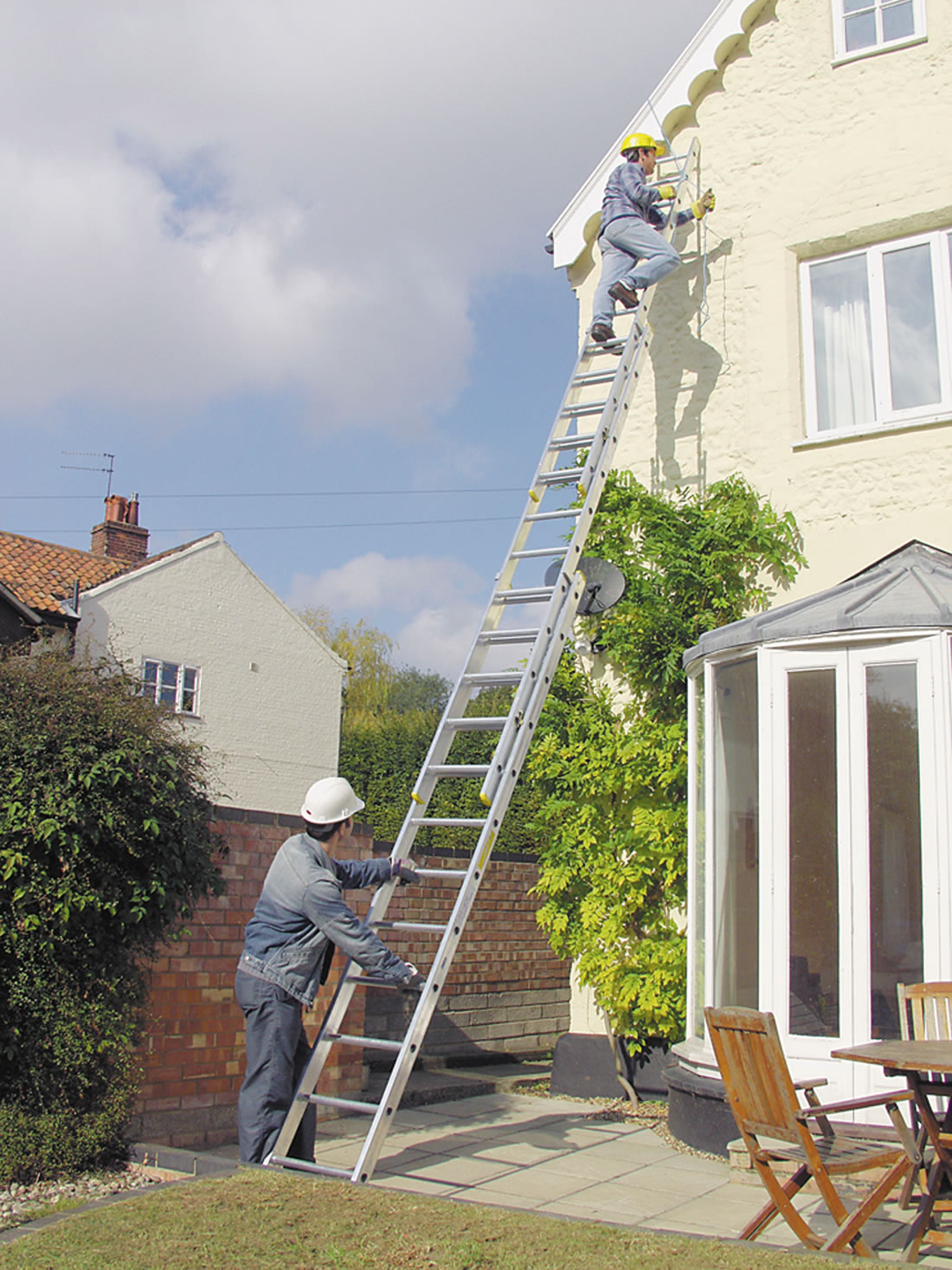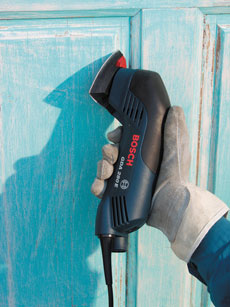-
Tool Hire
Access & Powered Access Breaking & Drilling Building & Siteworks Carpet Cleaners Cleaning & Floorcare Concreting & Preparation Cooling, Heating, Drying Event Fixing Tools Gardening Ladders Lifting & Handling Lighting & Power Painting & Decorating Plumbing & Pumping Powered Access Safety & Ventilation Sanders Sawing & Cutting Skip Hire Surveying & Location Welding Hilti Products
- Find a Branch
- Tips & Advice
- FAQ
- Contact Us
Home How to work safely at height
When working at height, it is always recommended to follow correct safety instructions to ensure your work goes smoothly and without injury. If possible, also attempt to wear additional safety equipment whilst on the job which can help minimise the chance of injury.
Step 1
Ensure that you check the surrounding work area before starting on any job that requires working at height. Have a look round for any noticeable hazards or obstacles that could cause a problem during work. Also attempt to clear up any spillages or slip hazards on the ground that may interfere with the stability of your working platform.
Step 2
Sensible clothing should also be worn whilst carrying out the work. Sensible flat shoes are recommended, with non-slip soles to ensure a stable grip. For work at considerable height safety harnesses may be suitable as an additional level of protection.
Step 3
HSS has a wide range of ladders, low level access products and towers available to suit most working requirements. Be sure to check the HSS operating and safety guides before using the appropriate equipment for your task. When using a step ladder, open it fully and lock the braces to keep it stable. For an extension ladder, use the ONE STEP OUT for every 4 STEPS UP method to ensure the full stability of the ladder. You should also avoid using a ladder when the weather is unsuitable, for example rain or windy conditions can make working at height extremely dangerous.
Step 4
Be sure to use lightweight, manoeuvrable tools whilst working at height to ensure you have a greater level of flexibility to carry out the work. Being restricted can mean you may struggle and over exert yourself, potentially causing accidents.
Step 5
Ensure you have a safe method for collecting rubbish, so take a bucket or strong bag up with you to safely remove any waste created whilst working.
Clearing the gutter
Step 1
Ensure you set up the access equipment at ground level before attempting to clear the gutter. You should also read up on the HSS Operating and Safety Guide, to ensure you will be following all the required safety precautions.
Step 2
Start by clearing out any blockages found in the corners, which is where the build up usually occurs. Be sure to clear out any twigs, or leaves that may cause new blockages.
Step 3
Get yourself some work gloves and manually remove any blockages, or alternatively use a small garden trowel if the blockage is slightly messier. If possible, give the gutters a quick rinse with a bucket of water to wash away any residue that was missed.
Step 4
Empty all the collected waste into your collection bucket and recycle any green waste back into your garden or compost heap.
Painting at height
Step 1
Painting at height is a common occurrence, so be sure to follow safety guidelines to make the work run smoothly and in a controlled manner. The same applies for work inside and outside.
Step 2
Set up your access equipment at ground level first, for ease of use. Make sure you have followed the HSS Operating and Safety Guide before starting the painting job. Double check you have all the correct equipment to hand before starting.
Step 3
When painting at height, powered equipment will reduce the workload and simplify the job. Remove old paint from wooden surfaces with a hot air paint stripper, removing the residue with a metal scraper. For painting, consider using an airless spray to get the job done quickly, with an even finish. For heavy bodied emulsion paint, a heavy coatings airless spray may be better suited to the task.
NB: Consider wearing a mask and protective work clothes to reduce the impact of fumes and paint spray whilst working.




